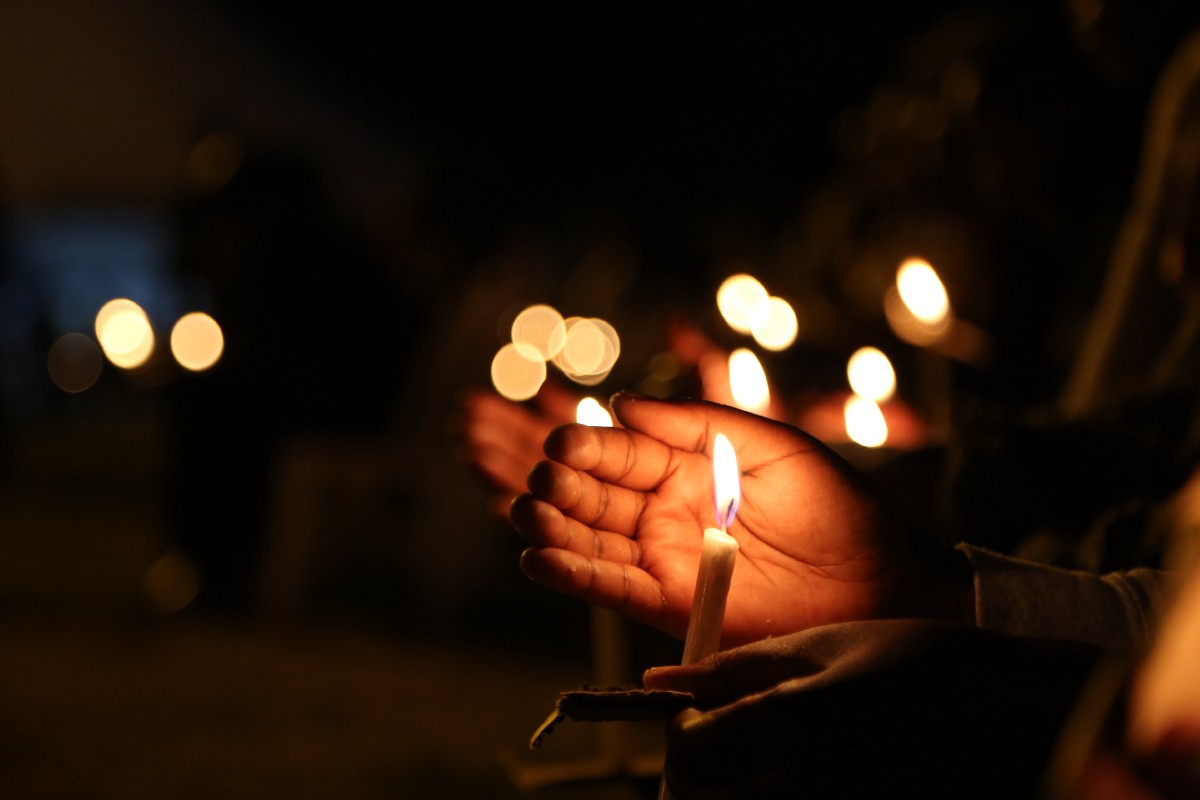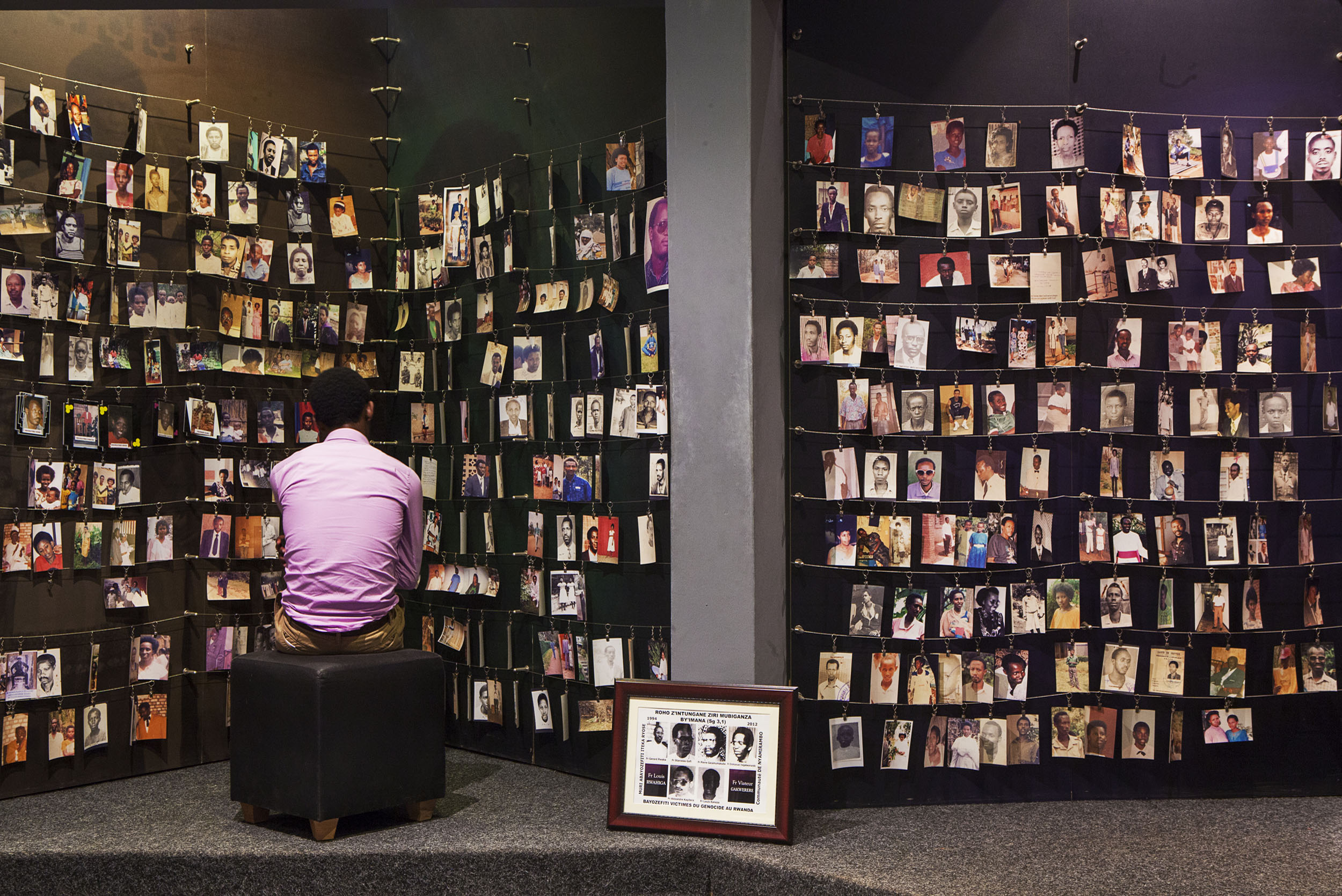The Gisozi Genocide Memorial is the final resting place for over 250,000 victims of the 1994 Genocide against the Tutsi. These victims were found in the streets, houses, mass graves, and rivers of Kigali and its surrounding areas. It’s one of Rwanda’s eight national memorials and a UNESCO World Heritage Site.
21 April 1997
50,000 Victims
21 April
Kigali Genocide Memorial was inaugurated in April 2004. It is a resting place for more than 250,000 victims of the Genocide against the Tutsi. The bodies were brought to the site from various places around Kigali City. These include victims who were killed and indecently buried in their homes or found under the debris of demolished or burnt houses, those thrown in ditches and trenches, in rivers and other bodies of water, or found in bushes and shrubs, etc.
The Memorial is divided into three major exhibitions, including one that documents the 1994 Genocide against the Tutsi. There is also a children’s memorial and an exhibition on the history of genocidal violence around the world. Beyond the main exhibitions, there’s another section hosting the Education Centre, Gardens, and Genocide Archive of Rwanda, which form part of a meaningful tribute to those who perished and provide a powerful educational tool for visitors.

The Kigali Genocide Memorial hosts the Genocide Archive of Rwanda, providing a starting point for learning from the past to make communities resilient against identity-based violence in the future.

The Kigali Genocide Memorial hosts public performances and conversations all geared toward building better communities.
On 7 April of every year, the President lays a wreath of flowers on the graves and lights the Kwibuka flame to mark the beginning of the 100-day mourning period.
The genocide against the Tutsi begins. Several opposition politicians and Hutu officials opposed to the Genocide are assassinated.
The genocide against the Tutsi begins. Several opposition politicians and Hutu officials opposed to the Genocide are assassinated.
A life Story to tell.
Inkuru ya Noel..
The Genocide Perpetrated Against TUTSI (1994 – 2009) Challenges and Prospects